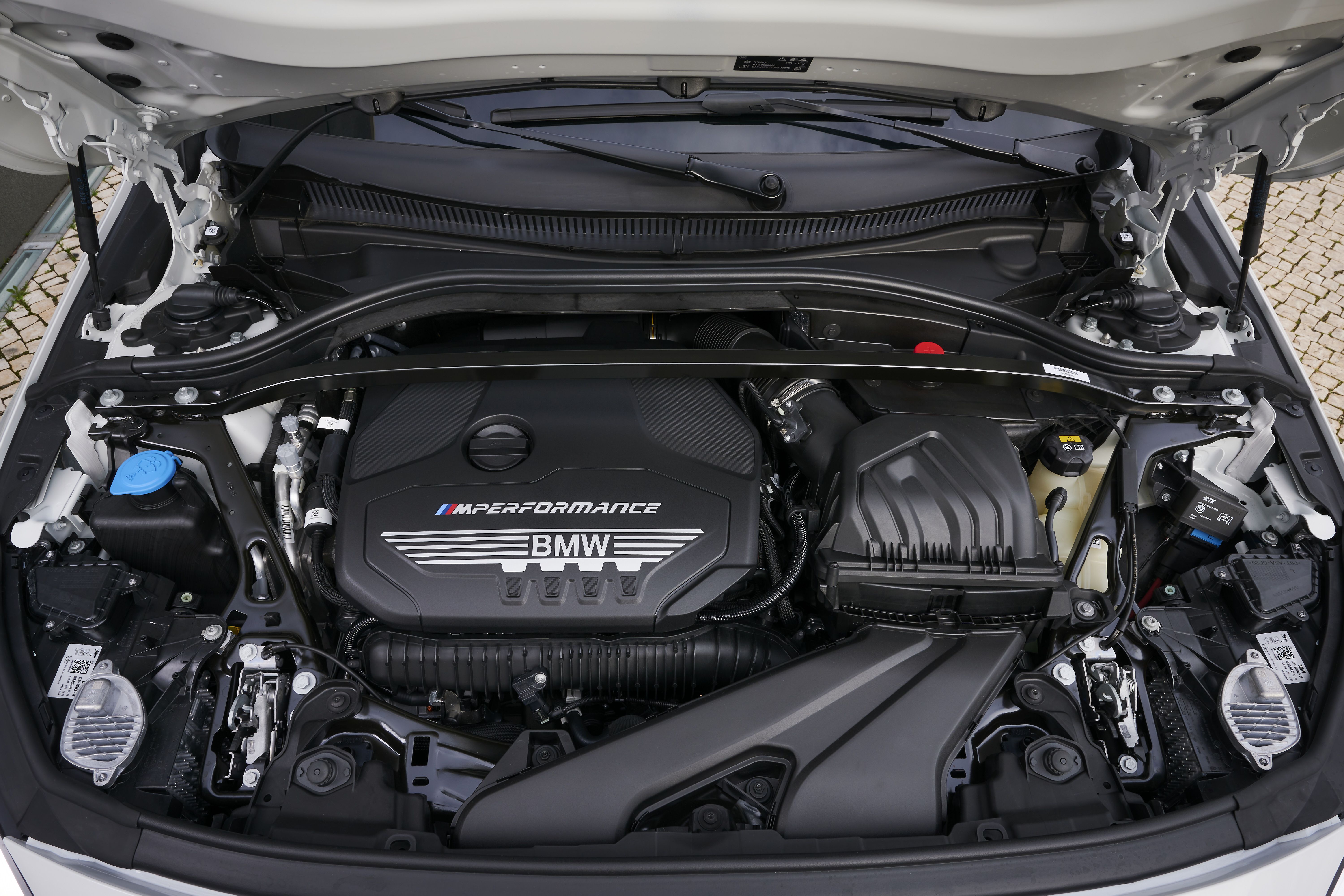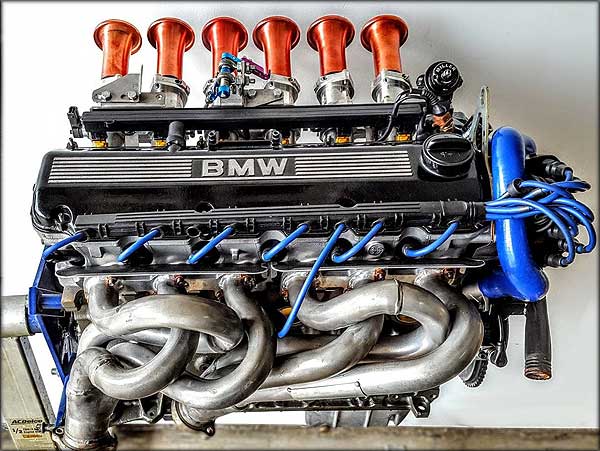Why the BMW Engine Is Thought About One of the Best in Luxury Vehicles
Why the BMW Engine Is Thought About One of the Best in Luxury Vehicles
Blog Article
Exploring the Evolution of Combustion Engines in Modern Transportation Systems
As we navigate the landscape of modern transportation, the evolution of combustion engines stands as a testimony to human resourcefulness and design expertise. From their modest starts to the advanced giants driving lorries today, burning engines have undertaken a remarkable trip of technology and adjustment. Recognizing the ins and outs of this development not only sheds light on the past but additionally leads the way for envisioning what exists in advance in the realm of transportation modern technology. The interaction of history, technology, and ecological concerns fit the trajectory of burning engines produces a narrative that is both informative and engaging.
Very Early Beginnings of Combustion Engines
How did the principle of burning engines very first emerge in the beginning of transport development? When the principles of inner combustion were initial checked out, the origins of combustion engines can be mapped back to the 17th century. In 1673, Christian Huygens conceptualized a fundamental interior combustion engine that made use of gunpowder to generate power. It had not been until the late 19th century that functional applications of combustion engines in transportation started to emerge.
The innovation moment featured the invention of the very first effective gasoline-powered engine by Karl Benz in 1885 - bmw engine. This engine paved the way for the advancement of the contemporary automobile, transforming transport systems worldwide. Succeeding developments by Nikolaus Otto and Gottlieb Daimler additionally improved burning engine technology, resulting in the mass manufacturing of autos and the fast development of the transport industry
These very early combustion engines were defined by their simplicity and effectiveness, laying the structure for the complex and powerful engines made use of in modern-day transport systems. The advancement of burning engines has actually contributed fit the method we travel and move items, noting a substantial turning point in the background of transportation development.
Transition to Internal Burning Innovation
The transition to inner burning modern technology noted an essential shift in the evolution of transport systems. This change began in the late 19th century, with inventors like Nikolaus Otto and Gottlieb Daimler creating the first effective interior combustion engines. These engines revolutionized transport by using a more efficient and effective option to steam engines and electrical motors.
Among the key benefits of interior burning engines was their capability to be scaled down to suit cars, leading to the growth of motorcycles and cars. This shift from cumbersome, stationary engines to portable, mobile ones led the way for the modern transport systems we see today.
The transition to inner burning technology additionally spurred innovations in fuel modern technology, resulting in the growth of gasoline and diesel as key fuel sources for cars. This change not only made transport much more obtainable to the masses but additionally laid the foundation for the oil and gas market to come to be integral to worldwide economic climates.
Impact of Combustion Engines on Transportation
The fostering of burning engines in transport systems militarized an extensive shift in the efficiency and speed of international wheelchair. Burning engines revolutionized transportation by giving a reputable and functional resource of power for numerous cars, including autos, aircrafts, ships, and vehicles. This technology considerably improved the capability for people and products to relocate over lengthy ranges in shorter timespan, causing boosted connection in between areas and nations.
Moreover, the extensive usage of combustion engines has had a substantial impact on financial growth. The capacity to transport goods efficiently has actually stimulated profession and business, enabling companies to increase their markets and get to customers worldwide. This has helped with economic development and globalization, as items can currently be transported quicker and in larger amounts than ever.
Nonetheless, the ecological effect of combustion engines can not be neglected. The burning of fossil gas has resulted in air pollution and greenhouse gas exhausts, adding to environment adjustment and presenting health and wellness risks to populaces. bmw engine. Because of this, there is a growing focus on establishing alternative propulsion technologies to minimize these unfavorable impacts and create an extra sustainable future for transportation
Technologies in Combustion Engine Layout
One remarkable technology is the growth of turbocharged engines, which make use of exhaust gases to drive a wind turbine that presses incoming air, allowing for more gas to be charred, resulting in enhanced power outcome without a significant increase in engine dimension. Variable shutoff timing systems have actually likewise transformed engine design by optimizing air movement at various engine rates, boosting both blog here power and performance. These innovations jointly contribute to the continuous enhancement of combustion engines in modern transport systems.
Future Fads in Combustion Engine Development
With technology innovations driving continuous innovation, the future of burning engine advancement is poised to reinvent transportation systems globally. Among the essential trends Get the facts in burning engine advancement is the press towards greater performance and decreased exhausts. Manufacturers are spending heavily in study and advancement to enhance engine efficiency while meeting rigorous environmental regulations. This consists of the integration of innovative fuel shot systems, improved turbocharging approaches, and making use of light-weight materials to enhance fuel usage and reduce carbon discharges.
An additional prominent pattern is the fostering of crossbreed technologies in combustion engines. Crossbreed engines incorporate traditional burning innovation with electric power, providing boosted gas effectiveness and lower exhausts. As the automotive sector changes towards electrification, hybrid combustion engines are viewed as a transitional remedy that bridges the gap between conventional automobiles and totally electrical ones.
Moreover, the integration of smart innovations, such as expert system and information analytics, is anticipated to play a substantial role in the future of combustion engine development. These innovations can enhance engine performance in real-time, resulting in a lot more effective burning processes and improved general automobile performance. Accepting these future fads will certainly not just drive technology in burning engine growth but likewise contribute to a more sustainable and eco pleasant transportation community.

Verdict
Finally, the evolution of combustion engines in modern transportation systems has been marked by significant developments in innovation and design. From the early beginnings of combustion engines to the change to inner burning modern technology, these engines have actually had an extensive effect on transport. Advancements in combustion engine design remain to drive progress in this area, with future fads concentrating on additional boosting performance and lowering exhausts. The future of burning engines in transportation looks promising as Learn More Here r & d initiatives continue to push borders.
The roots of combustion engines can be mapped back to the 17th century when the principles of inner burning were first discovered. These engines transformed transportation by supplying a much more powerful and efficient choice to heavy steam engines and electrical motors.

Report this page